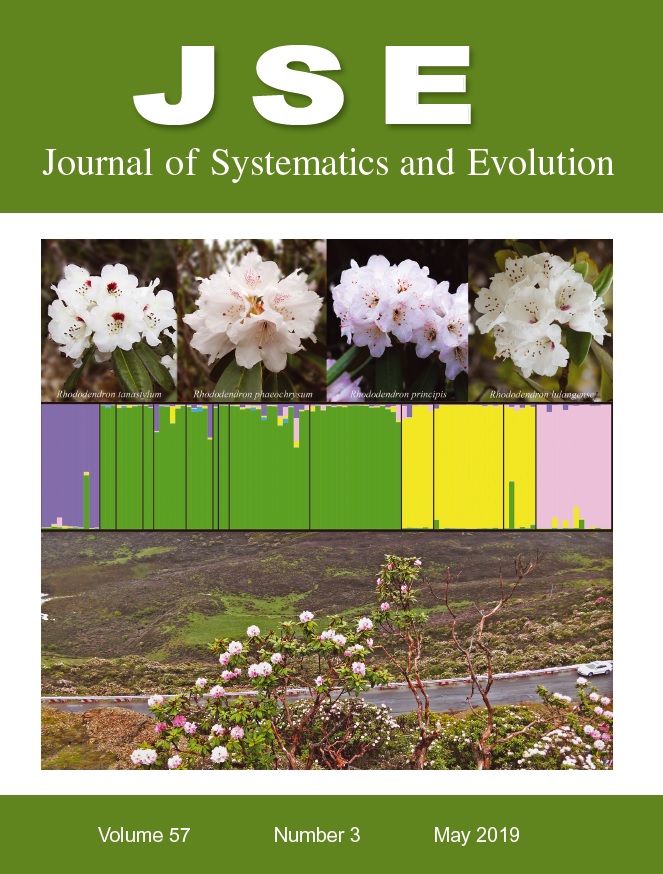Stanislav Španiel, Karol Marhold and Judita Zozomová-Lihová
Alyssum cuneifolium has been recognized as a perennial alpine species growing in five isolated European mountain ranges: the Pyrenees, Western Alps, Apennines, Pirin Mts and Mt Smolikas. Recent molecular systematic studies revealed that the disjunct populations from distant mountains are not closely related and belong to five independent species: A. cacuminum (Spain, Pyrenees), A. cuneifolium (Italy, Apennines), A. flexicaule (France, Western Alps), A. pirinicum (Bulgaria, Pirin Mts), and A. spruneri (Greece, Mt Smolikas). The present study brings the thorough morphometric analysis of the segregated taxa. We found minor morphological differences between them. Whereas A. pirinicum can be clearly distinguished, the other taxa are recognizable only at the level of population means of investigated characters. The morphological similarity of these distantly related species is obviously the result of adaptation to similar high‐alpine scree habitats. It is not clear, however, whether this adaptation is environmentally controlled or whether it is also genetically fixed and whether it reflects parallel evolution towards similar morphotypes. The observed morphological patterns and their assumed correlation with environmental factors are discussed using examples from other Alyssum taxa. Three different ploidy levels have been reported for the species under study. In the present article, we examine variation in relative nuclear genome size. The Alpine and Pyrenean species have larger relative monoploid genome sizes than the Apennine and Balkan ones, probably reflecting the evolutionary history of the group. A nomenclatural account of the study species is presented, and lectotypes of A. cuneifolium and of two other names are selected.

